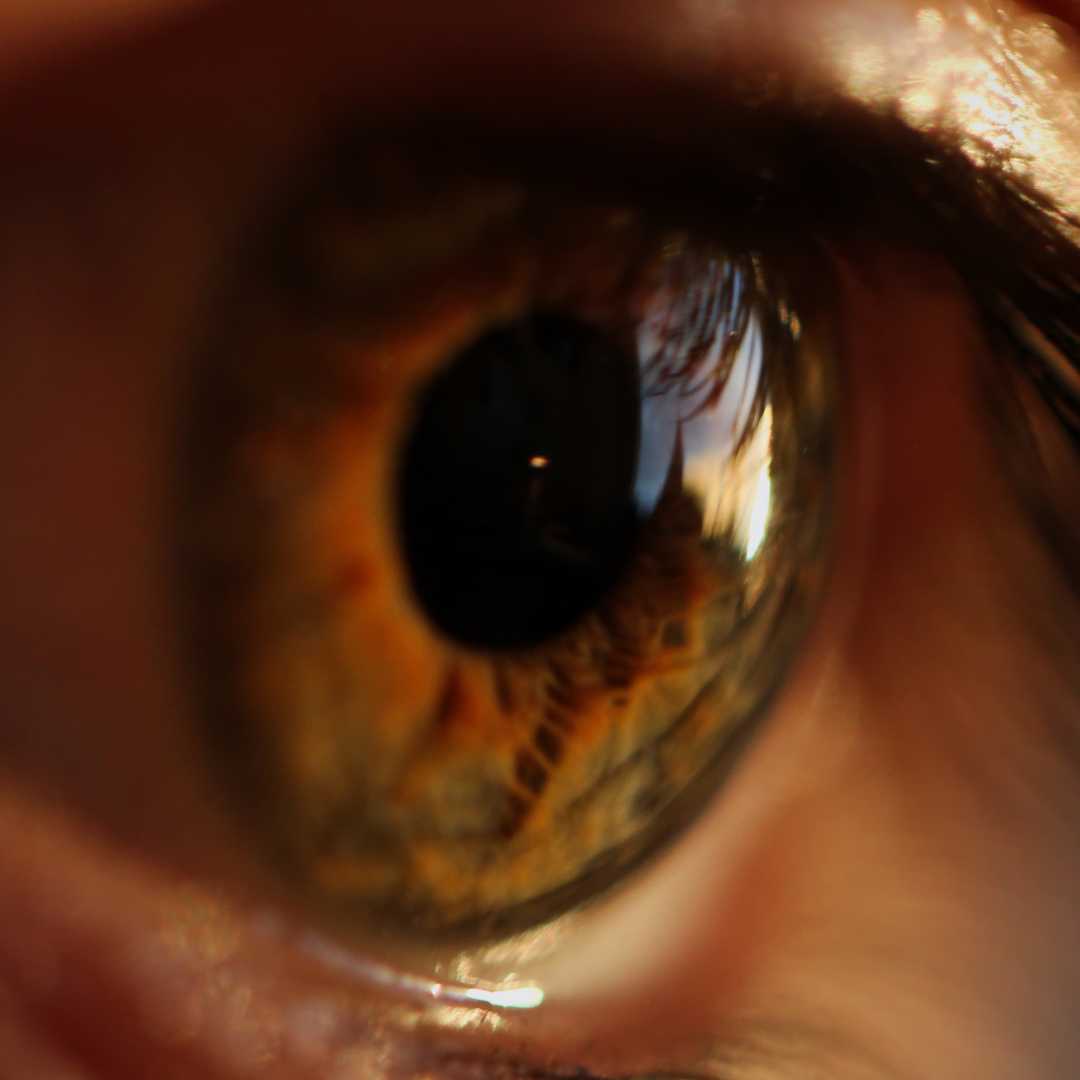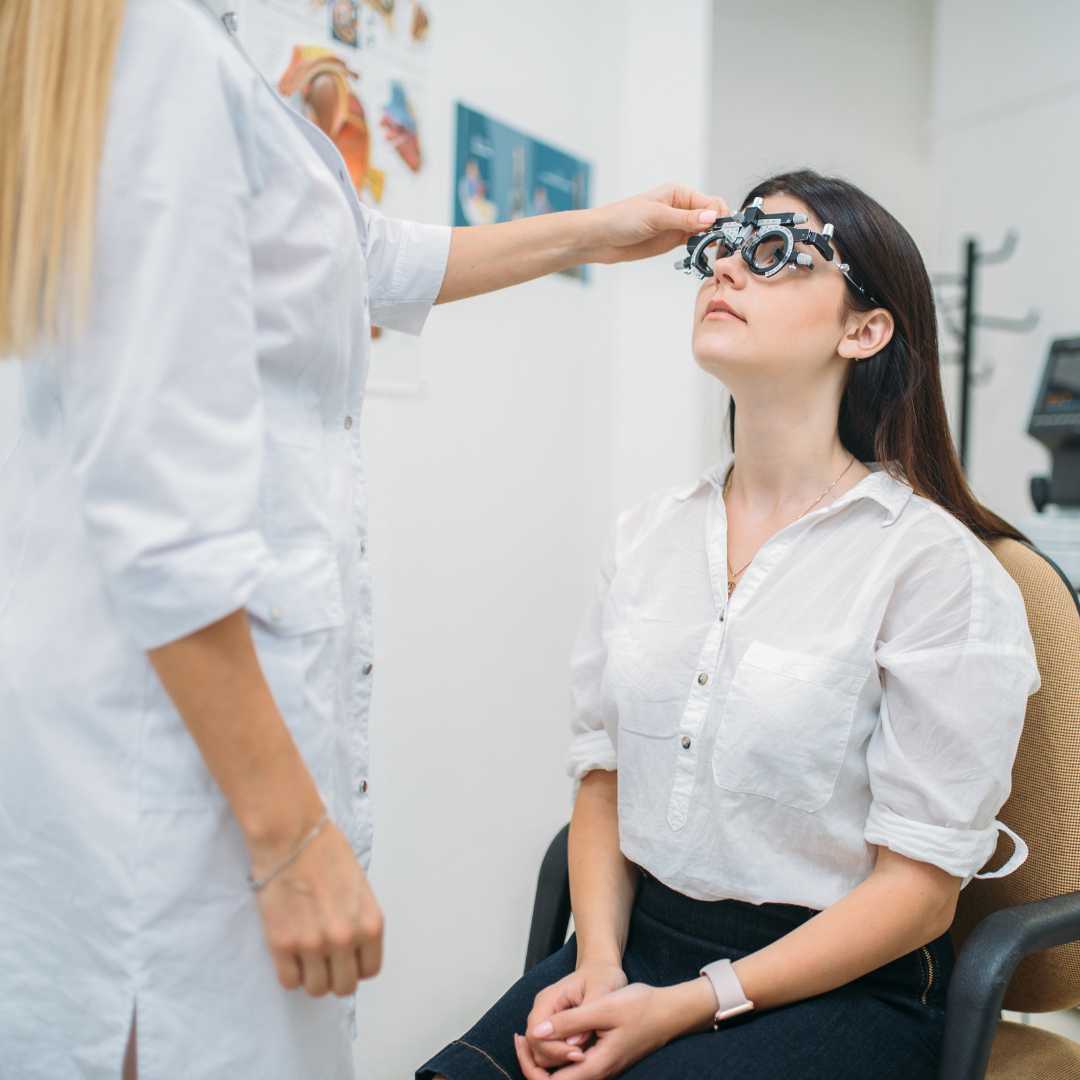Average Lazy Eye Surgery Price Worldwide

The price of lazy eye surgery is not a single, fixed number; it's a composite of several different fees and can be influenced by the complexity of your case and where you have the procedure done. This guide will provide a detailed breakdown of all the factors that contribute to the cost, what you can expect insurance to cover, and other related expenses you should budget for.
What Specific Factors Influence the Total Cost of Lazy Eye Surgery?
The final bill for strabismus surgery is broken down into three main components, each with its own variables:
- Surgeon's Fee: This pays for the ophthalmologist's expertise. Highly experienced, board-certified pediatric or strabismus specialists may charge more.
- Anesthesia Fee: Since the surgery is performed under general anesthesia, an anesthesiologist's services are required.
- Facility Fee: This is the charge from the hospital or outpatient surgery center for the use of the operating room, surgical equipment, nursing staff, and recovery room.
Beyond these core costs, your geographic location plays a major role. Surgical procedures in major metropolitan areas with a high cost of living (like New York or San Francisco) are generally more expensive than in smaller cities or rural areas. This reflects the higher overhead costs for medical practices in those locations.
Is Strabismus Surgery Covered by Health Insurance?
This is a critical question for most patients, and the answer is generally positive. Unlike purely cosmetic procedures, surgery to correct strabismus is performed to restore proper visual function, prevent double vision, improve depth perception, and avoid the long-term consequences of misaligned eyes. Because of this functional purpose, it is deemed medically necessary.
Before scheduling the surgery, your surgeon's office will submit a request for pre-authorization to your insurance company. This confirms that the procedure is covered under your plan. It is always a good idea to call your insurance provider yourself to get an estimate of your out-of-pocket responsibility.
Are There Non-Surgical Alternatives and How Do Their Costs Compare?
Surgery is not always the first or only option for treating lazy eye conditions. Depending on the specific diagnosis (amblyopia vs. strabismus) and severity, non-surgical treatments may be recommended first. Here’s how their costs compare:
| Treatment | Purpose | Cost Structure |
|---|---|---|
| Eyeglasses | Corrects refractive errors that can cause misalignment. | Low to moderate initial cost ($100-$500+), recurring every 1-2 years. |
| Eye Patching | Strengthens a weak (amblyopic) eye by covering the strong one. | Very low cost ($10-$30 per box), but requires long-term commitment. |
| Vision Therapy | Exercises to train the eyes and brain to work together. | Moderate to high total cost ($1,000-$5,000+ for a full program), paid over time. |
While the upfront price of lazy eye surgery is higher, it is often a one-time cost that provides a more definitive correction for the physical misalignment. Non-surgical options, especially vision therapy, can be effective but require a significant commitment of time and can also be costly over the long run.
Explore solutions for your healthcare journey with PlacidWay, your guide to medical tourism and global healthcare services.


.png)





.png)



Share this listing